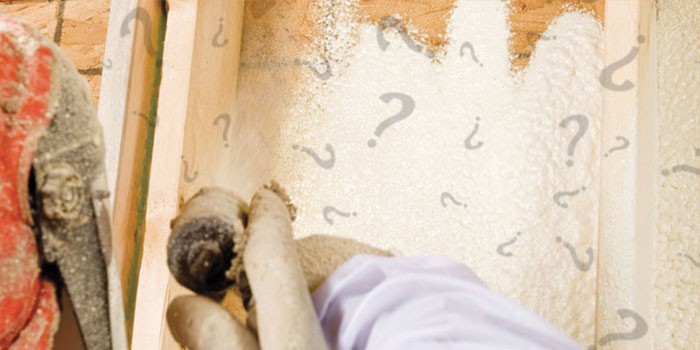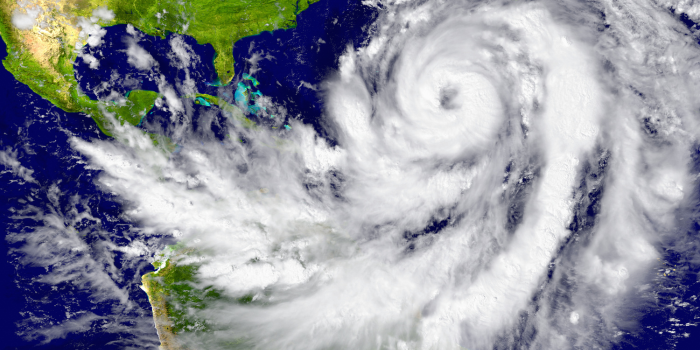IFTI Explains Why Codes Require Thermal or Ignition Barriers

SPF (spray polyurethane foam), like most other organic materials, is combustible. SPFs are formulated with flame retardants to meet the requirements of various construction codes and performance standards. Some common fire tests are ASTM E84, UL 723 and others; however, the flame spread, and smoke developed indexes from these tests are used solely to measure and describe properties of products in response to heat and flame under controlled laboratory conditions. The numerical flame spread and smoke developed indexes are not intended to reflect hazards presented by SPFs or any other material under actual fire conditions.
When exposed to fire sources, such as trash fires, welding arcs, cutting torches or red-hot metal, unprotected SPF can ignite and may result in a flash fire. Although burning SPF will form a surface layer of less flammable char, the initial burning can produce combustible gases and black smoke. In confined interiors, these combustible gases can accumulate and ignite, resulting in flashover, a dangerous fire situation. Under these conditions, additional foam and other combustibles can become involved in the fire, creating additional combustible gases and feeding the fire.
For these reasons, and to allow sufficient time for occupants to escape a fire, model building codes require SPF to be covered by thermal barriers or ignition barriers, or to have the SPF assemblies meet large-scale fire tests as described in this document.
Building Code Fire Performance Requirements for SPF: The International Building Code (IBC) mandates that SPF be separated from the interior of the building by a 15-minute thermal barrier, or other approved covering. DC315 carries IAMPO ER-0499 Evaluation Report confirming that DC315 meets IBC and IRC Code Requirements. DC315 has also been tested as an ignition barrier under AC 377 Appendix X.
Evaluation reports (also known as Code Compliance Research Reports and Evaluation Service Reports / ESRs) assist local building officials to determine if, when and how building materials, products, components and methods comply with the language and intent of building codes. Organizations publishing these reports have engineers on staff who are familiar with building codes and construction materials and components. Local building code officials ultimately determine code compliance and may accept or reject all or parts of these reports.
Published by ICC-ES,
(International Code Council – Evaluation Services) the following Acceptance Criteria are utilized to prepare evaluation reports for SPF systems and assemblies:
AC377 Acceptance Criteria for Spray-Applied Foam Plastic Insulation.
AC456 Acceptance Criteria for Fire-Protective Coatings Applied to Spray-Applied Foam Plastic Insulation without a Code-Prescribed Thermal Barrier.
Note 1: Exterior applications of SPF, such as roof systems or exterior wall assemblies, are subject to different requirements under the model building codes, such as NFPA 285, testing and are not included in this document (SPFA 126).
Source and Credits to SPFA-126 – Insulation – Fire Protection Page 6
Disqus website name not provided.










































